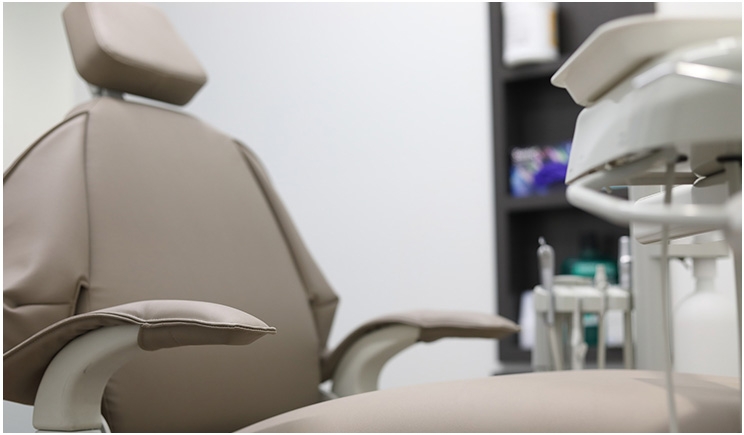
Last week I received an email from a dentist asking for advice in regards to his increasing no-show and cancellation rate. It had increased almost 400% in the last six months and he had no idea why because they were doing everything that they had always done. I’m sure without a doubt that he believes that nothing changed, but a 400% increase suggests that this is not the case. So what’s really going on?
Start with the Staff
Most dental team members are dedicated to doing their jobs well. What they don’t realize is that they often begin to change little parts of habits without realizing it. The protocols and policies for checking patients in and out at the front desk gradually get whittled away until your staff is no longer properly explaining the value of keeping appointments and requesting as much advanced notice as possible when appointments must change.
The key to solving this problem is to start with questions. Here are some key questions you need to address before you will understand why your no-show and cancellation rate may have unexpectedly increased:
- What habits or behaviors are now different from practice protocol and policies? When you ask your staff this question, they will most likely tell you that they are doing exactly what they have always done. However, habits and behaviors change in little ways, gradually adding up to a completely different scenario. Review basic policies, scripts, and protocols with your staff so they can ensure that patients have a high sense of value for their appointment and cooperatively give notice when they cannot make the appointment.
- Have your office hours changed? Remember, you’re scheduling behaviors, not people. No-shows and cancellations are often related to inconvenient office hours. When appointments are inconvenient, patients cancel or won’t show at the last minute because they conflict with other activities. It’s not unusual for a change in practice hours to have a direct effect on no-shows and cancellations without practices realizing that these are two related situations.
- Are patients not showing up and canceling/rescheduling, or are they simply not coming back? There is a big difference. If you find that patients are a no-show or cancel and don’t reschedule, this is often related to either a change in office operations or customer service. When discussing the situation with your staff, they will always feel that customer service is excellent and, once again, they really do believe it. But upon further investigation it’s often found that customer service has dropped, and patients may decide to leave the office. This can be due to a wide variety of factors, but it must be immediately addressed.
- What has changed in the community? Has the level of competition increased with a new office opening nearby? Are more offices accepting insurance plans? Is the community experiencing a weaker economy? Changes in the community can have a direct effect on no-shows and cancellations. One office that I counseled had dropped 15% simply due to road construction on the highway causing significant delays. It’s important to keep abreast of changes in the community, and one of the best ways to do this is by talking to other doctors and asking them if they have noticed a change in their no-show and cancellation rate.
- Have you changed your approach to treatment presentation? When attempting to improve their case presentation process, many practices can come across as overbearing or untrustworthy. It’s not intentional and they do not realize it, but that’s the perception.
- Have insurance offerings changed? Is there a population of patients from one particular insurance plan experiencing a change in benefits? Do you no longer accept a certain plan? Sudden insurance changes will always steer patients away from your practice.
Be Proactive
We recommend that practices confirm patients at two weeks and again at two days out, and call patients if they have not confirmed by two days. This may sound like overkill, but it’s a great way to ensure a lower no-show and cancellation rate.
In today’s busy world, patients want you to be responsible for reminding them to make and keep appointments. While you may believe that this isn’t your responsibility, it’s something that people have come to expect. Otherwise, your no-show and cancellation rate will increase.
Summary
Many patients view hygiene appointments and dental treatments as events that can be put off until they are ready and that not showing up or cancelling at the last minute is okay. None of this is okay. If you’ve noticed a rise in your no-show and cancellation rate in the last six to 12 months, answer the questions above to help you implement a more effective and value-based confirmation system.
Dr. Levin is a third-generation general dentist and the founder and CEO of Levin Group Inc, a dental management consulting firm that has worked with more than 26,000 dentists. Dr. Levin, an internationally known dental practice management speaker, has written 65 books and more than 4,300 articles. He is also the executive founder of Dental Business Study Clubs—dentistry’s only all-business study clubs, the next generation of dental business education.
Related Articles
Predicting the Future of Your Practice
Three Ways to Grow Your Practice











